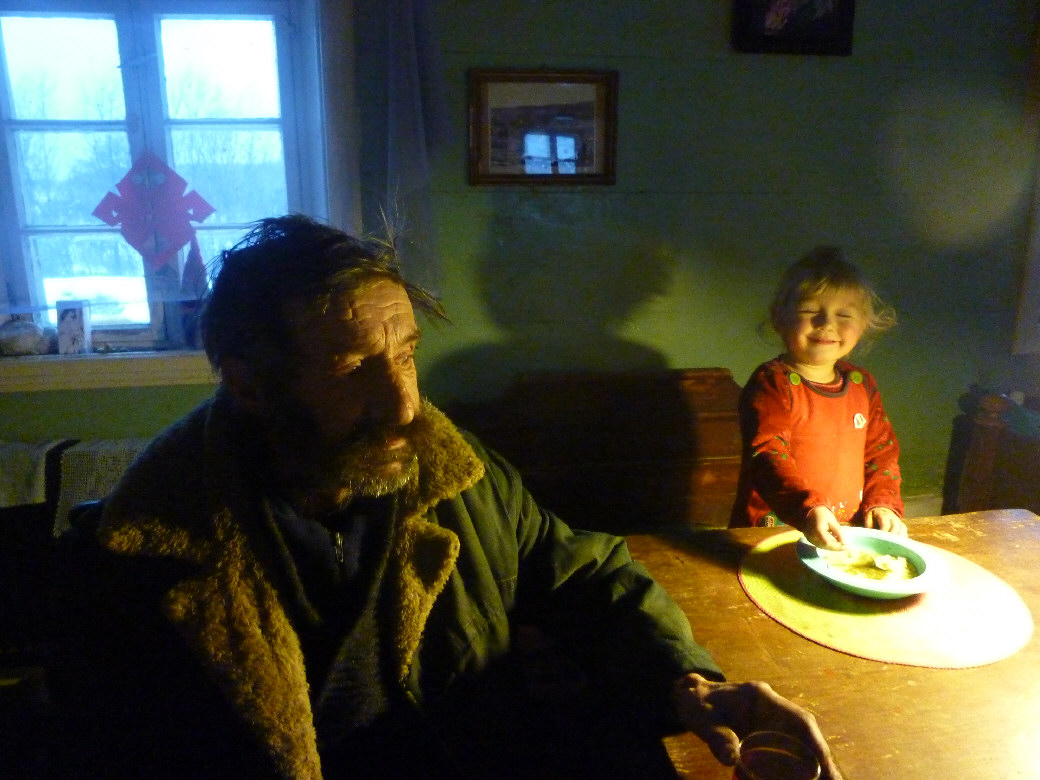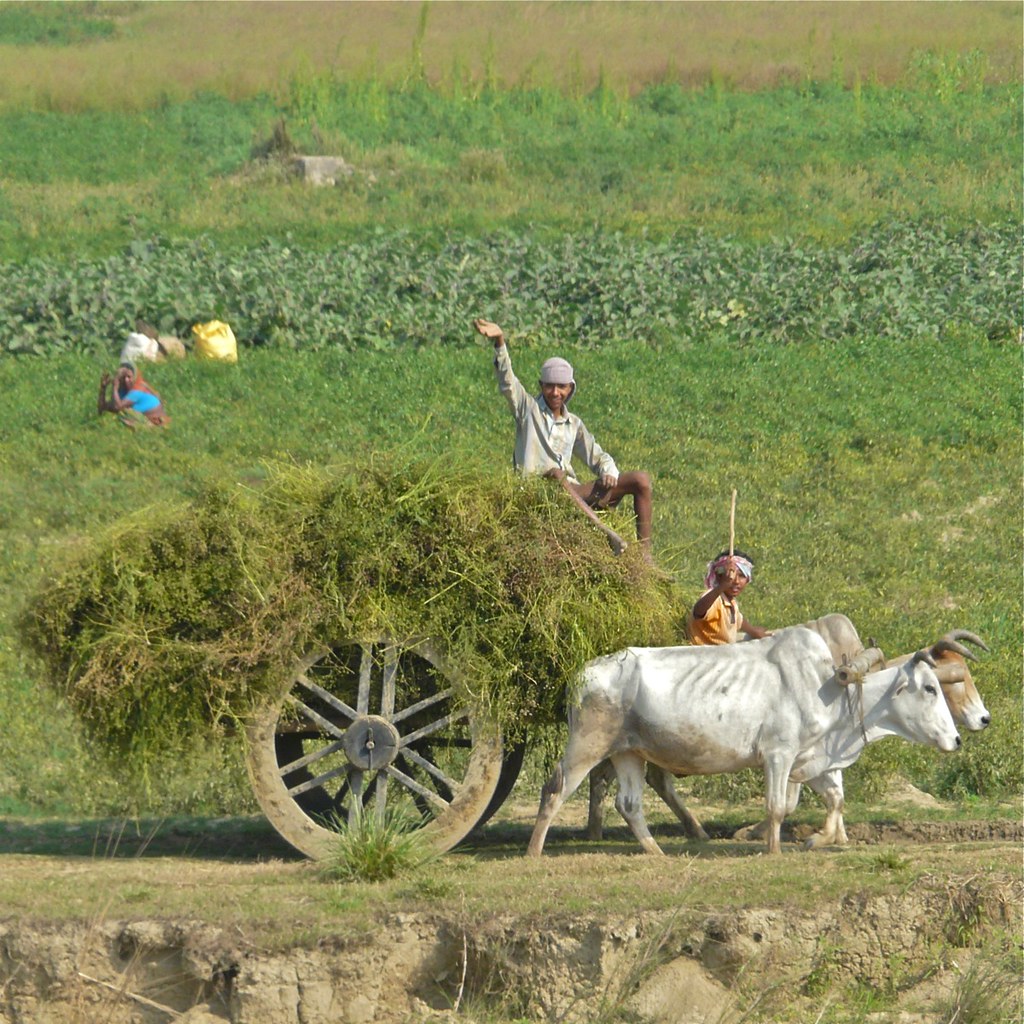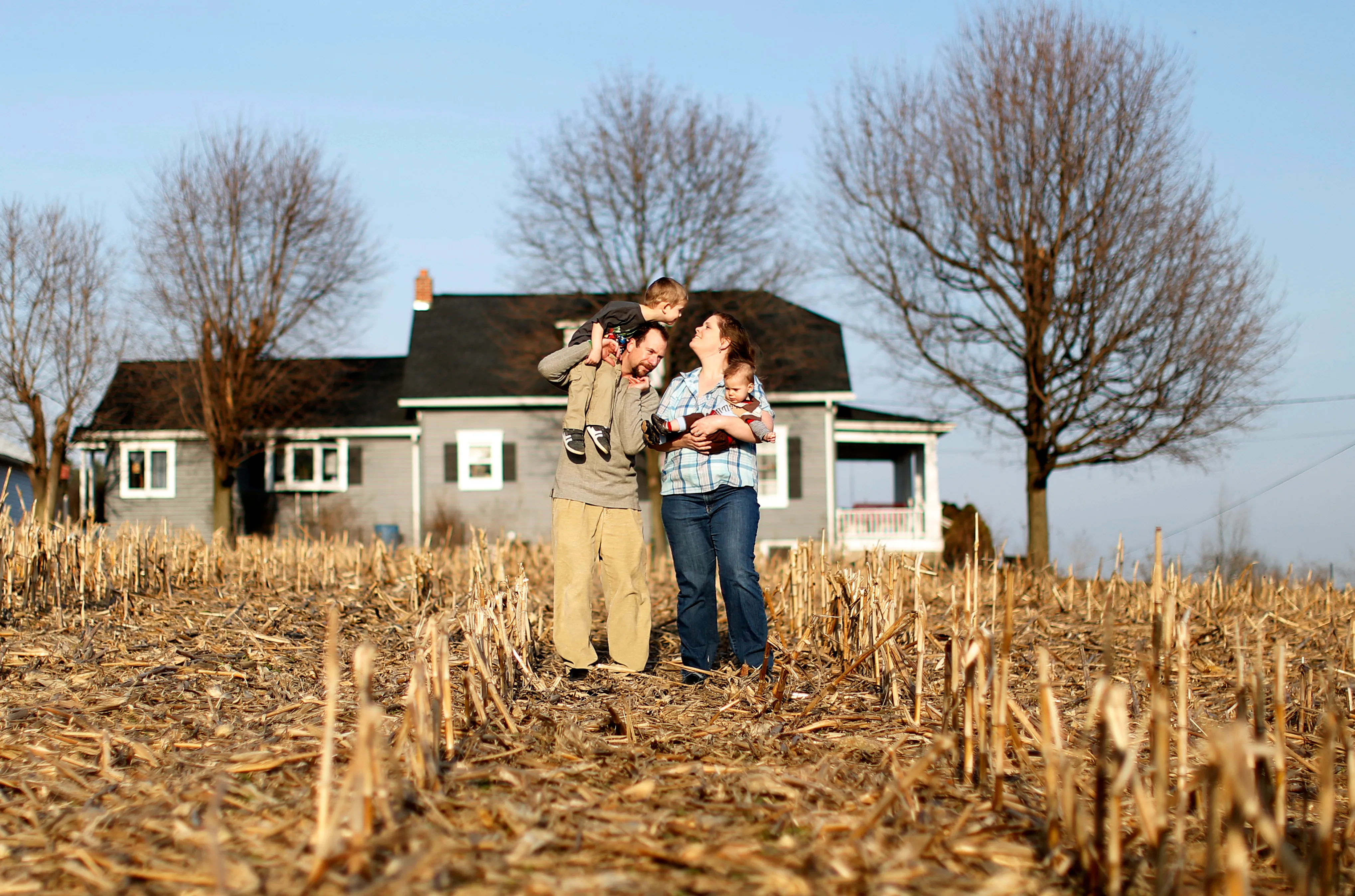

At that time, the post office was also the district bank, offering postal savings accounts in a system introduced by the Japanese when they ruled Korea earlier in the century.

Clark wrote in “Culture and Customs of Korea”: “Under Japanese colonial rule in the early part of the century, Kongnam-ni became the headquarters of the Poksu District, a territory that stretches for about thirty miles along a system of valleys connected to a central stream that flows northward to the Kum River. It also boasts the district's central post office, a place that a generation ago was the district's only communications hub with its only public telephone.

“Kongnam-ni contains the Poksu District (myon) headquarters led by an elected chief (myonjang) who before democratization was formerly appointed by the government in Seoul with the advice of the provincial governor in Taejon City. The village that lies at the heart of Poksu District is Kongnam-ni, or "South Valley Hamlet." It sits at the junction of two steep valleys, and since Korean roads normally follow valleys, South Valley Hamlet exists at the fork where two main roads leading from southwestern Korea diverge to go around opposite sides of a mountain complex to the city of Taejon. “In order to dramatize the transformations that have overtaken Korean village life in recent generations we will focus on a real place in south central Korea named "Poksu," which can be translated in English as "Blessed Longevity." Poksu is actually the name of a myon, or district, one of several that make up the country (kun) of Kumsan in South Ch'ungch'ong Province. The traditions too are fast disappearing. Many Korean villages still preserve some of the rich traditions of agricultural society, but modernization has brought fundamental changes in the way rural people live and work. Though the proportion of the population living in villages and cities has been reversed in the process of economic modernization, most Koreans still feel closely tied to their ancestral homes in the countryside and many have relatives still living in ancestral villages. Their seasons and holidays were related to the agricultural calendar and their lives were tied to the weather and the success or failure of their crops. Clark wrote in “Culture and Customs of Korea”: “Until the late twentieth century, most Koreans lived in rural areas and supported themselves through an economy based on agriculture. Shoes are removed before entering the house. They are heated by flues running under a raised platform in the main rooms, which serves as a bed and also a place to sit on. The houses are built of wood with low-eaved tile or thatched roofs. Koreans in northeastern China live villages set a few miles apart from each other and ranging in size from about a dozen households to several scores. To scare away crop-raiding birds, small boys in thatched roof platforms used noise makers made from rags and ropes. Korean farmers raise chicken and pigs but they prefer fish and squid. As the rural population of Korea has gotten smaller, the proportion of old people to young people has gotten larger as young people move to the cities in search of better education and jobs.Ĭommon sights in rural South Korea a couple decades ago included village men with A-shaped wooden jige backpacks noodles and squids hanging from clothesline red peppers drying on blankets in streets men with big tumors on their necks and rice paddies plowed with oxen and planted by hand.

Between the 1960s and the 1990s more than 10 million South Korean families moved from the countryside to the cities. Since the Korean War, South Korea has changed from 75 percent rural to 18 percent rural. Farmers raised rice, barely, sorghum and other crops as their staples and got much of their protein from the sea. Before that time the urban population was only three percent. It didn’t begin industrializing until the Japanese arrived in 1910. Korea has traditionally been a very rural society. (Compared to 17 percent in Great Britain and 79 percent in Ethiopia).


 0 kommentar(er)
0 kommentar(er)
